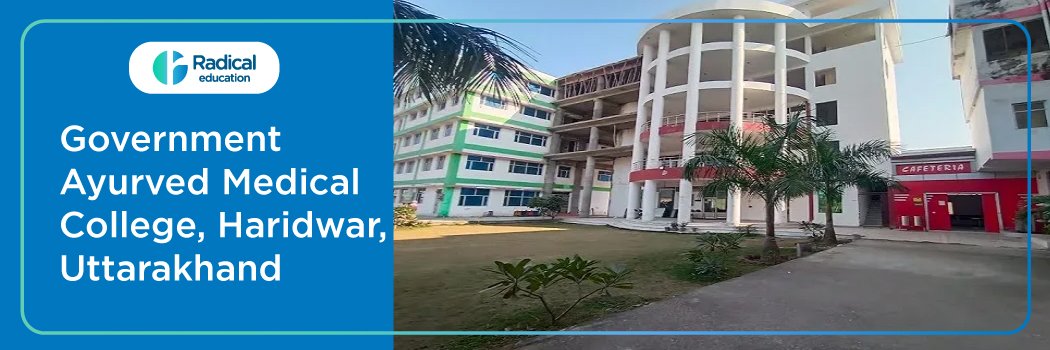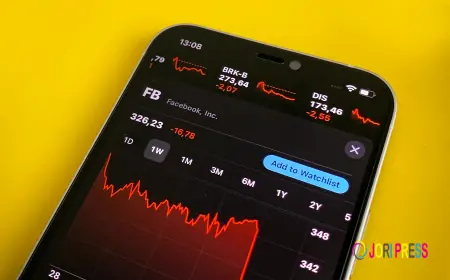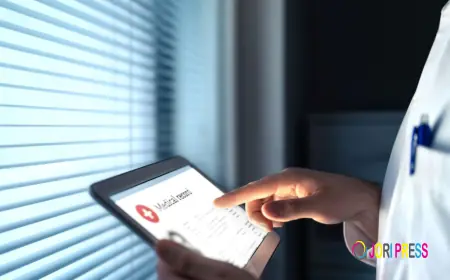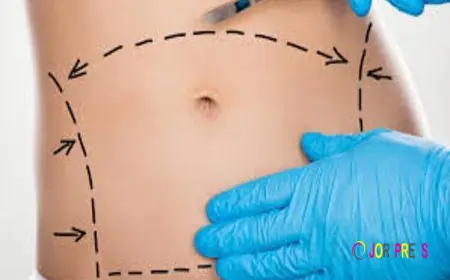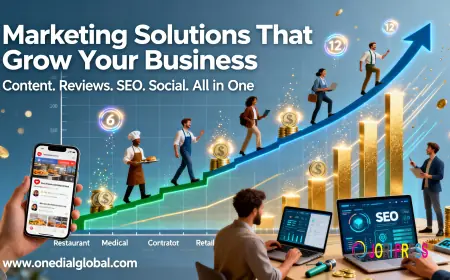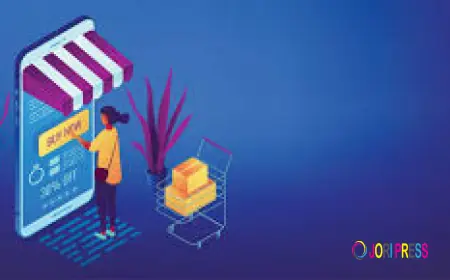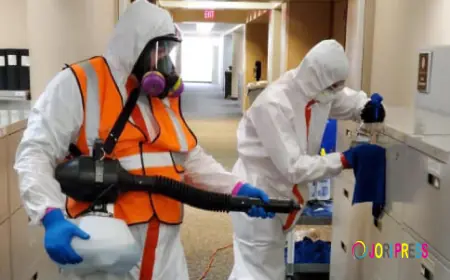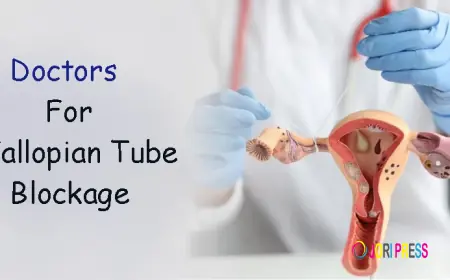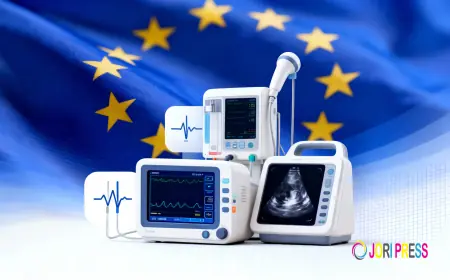Patient Safety Wins: How the Best AI Tools for Doctors Reduce Errors
Make patient safety your superpower. The best AI tools for doctors spot errors, speed notes, and sync with your EHR—HIPAA-ready precision in every chart.

Every clinician knows the pressure, complex patients, long hours, and endless documentation. A single missed detail can ripple into bigger issues later. That’s where the best AI tools for doctors step in — not to replace judgment, but to make care safer, smarter, and more reliable.
In 2025, these tools aren’t just about convenience. They’re about precision. From error detection to faster documentation, AI-powered tools for doctors are reshaping what “patient safety” actually looks like in day-to-day care.
Why Accuracy Is the Heart of Patient Safety
Medicine runs on details. One misplaced decimal, one skipped note, or one unverified dosage can create real harm. That’s why the best AI tools for doctors focus on precision, first detecting inconsistencies, cross-referencing clinical data, and helping doctors make informed decisions faster.
The aforementioned systems run such interactions between medications in silence and thereby check their correctness, discover vital signs that were overlooked, and even label incomplete SOAP notes beforehand when you click on "submit." The benefit? There are fewer mistakes, better transitions, and more confidence in every chart.
The Best AI for Doctors Right Now: Built Around Safety
In the healthcare industry, speed equals nothing without safety. The best AI systems for physicians are not only created to save time but also to shield patients during the entire process. These systems detect medication errors that are hard to notice and maintain clean and consistent documentation as well. Thus, the background work is done quietly, and clinical workers can concentrate on the most important thing - care. Let’s dive into how the most intelligent systems of today turn accuracy and safety into the new practice standard in the clinical world.
Smarter Documentation with AI Medical Assistants
Documentation is one of the most error-prone parts of care. Fatigue, multitasking, and complex cases make slips inevitable. The AI medical assistant for doctors changes that by recording, structuring, and verifying documentation in real time.
It ensures that each record — from subjective notes to treatment plans — aligns with proper doctor's note format and EHR standards.
Real-Time Dictation That Understands Context
Speech-to-text tools have come a long way. Modern systems — backed by HIPAA-compliant dictation software — understand medical terms, abbreviations, and context.
They don’t just capture words. They interpret them. When a clinician says “Type II diabetes with neuropathy,” the system knows exactly how to log that in a structured format.
This not only reduces errors in medical transcription but also keeps notes consistent across multiple encounters.
Predictive Insights That Prevent Mistakes Before They Happen
Some of the best AI tools for doctors use predictive algorithms to catch potential risks — from medication dosing to symptom mismatches.
It’s like having a quiet assistant reading over your shoulder, making sure you didn’t overlook a drug allergy or a contradictory lab result. That layer of safety can mean the difference between a near miss and a successful outcome.
Best AI App for Doctors: What to Look For
If you’re trying to find the best AI app for doctors, skip the hype and focus on what actually matters in real-world care.
Seamless EHR Integration
Tools that sync directly with your EHR save time and reduce transcription errors. No copy-pasting or manual uploads — just automatic, secure entry.
Clear Compliance Standards
Choose platforms that meet GDPR and HIPAA-compliant dictation software standards. Secure handling of clinical data isn’t optional — it’s essential.
Accuracy Benchmarks
Ask about transcription accuracy and error detection rates. The best systems routinely hit 98–99% accuracy in structured notes and medical transcription software output.
Real-Time Feedback
Smart tools can instantly flag inconsistent data — like mismatched vitals or missing observations — before records are finalized.
How Do AI-Powered Tools for Doctors Support Teams?
Beyond accuracy, AI-powered tools for doctors help clinical teams work more efficiently. Nurses, scribes, and admin staff all benefit when documentation is clean, complete, and standardized.
For example, a physician’s voice dictation automatically populates the SOAP structure. Then, billing staff can quickly verify CPT codes without chasing missing fields. Everyone works faster. Everyone stays aligned. And since the data is handled under Secure AI protocols, confidentiality never gets compromised.
Reducing Transcription Errors with the Right Software
Manual transcription errors cost clinics time and credibility. With medical transcription software built for healthcare, notes are captured with clarity and coded correctly — eliminating the double work that often slows teams down.
These tools don’t just type what they hear; they understand clinical structure. So even complex cases with multiple comorbidities get recorded cleanly and organized for quick review.
HealthOrbit AI: Accuracy You Can Trust
HealthOrbit AI is designed for precision, not just automation. Its AI medical assistant for doctors and voice-enabled workflows allow providers to dictate, review, and finalize notes — all in one secure environment.
Every note follows the doctor's note format, adheres to HIPAA standards, and integrates seamlessly into existing EHR systems.
Clinicians using HealthOrbit AI report faster chart closure, fewer errors, and stronger patient safety — proof that technology can enhance care, not complicate it.
Conclusion
The real power of the best AI tools for doctors isn’t in their algorithms. It’s in what they give back — time, focus, and peace of mind.
They let clinicians spend less time correcting notes and more time listening to patients. They catch the small things humans miss when fatigue sets in. And they build a layer of consistency that keeps care safe, even under pressure. Because in the end, the best technology doesn’t just make work faster, it makes care better.
What's Your Reaction?
 Like
0
Like
0
 Dislike
0
Dislike
0
 Love
0
Love
0
 Funny
0
Funny
0
 Angry
0
Angry
0
 Sad
0
Sad
0
 Wow
0
Wow
0





